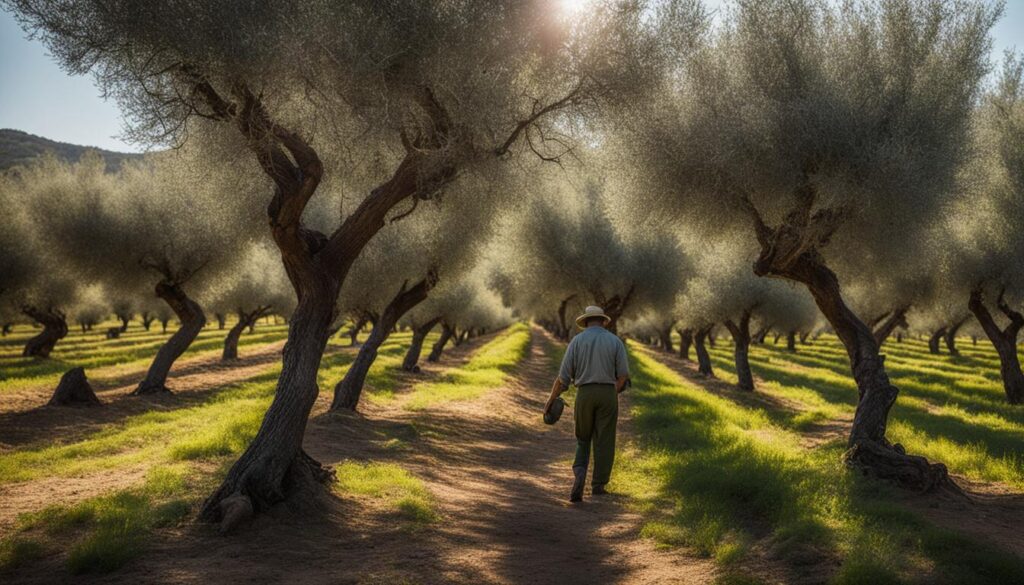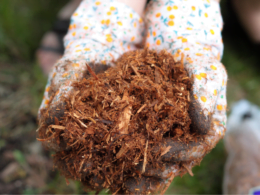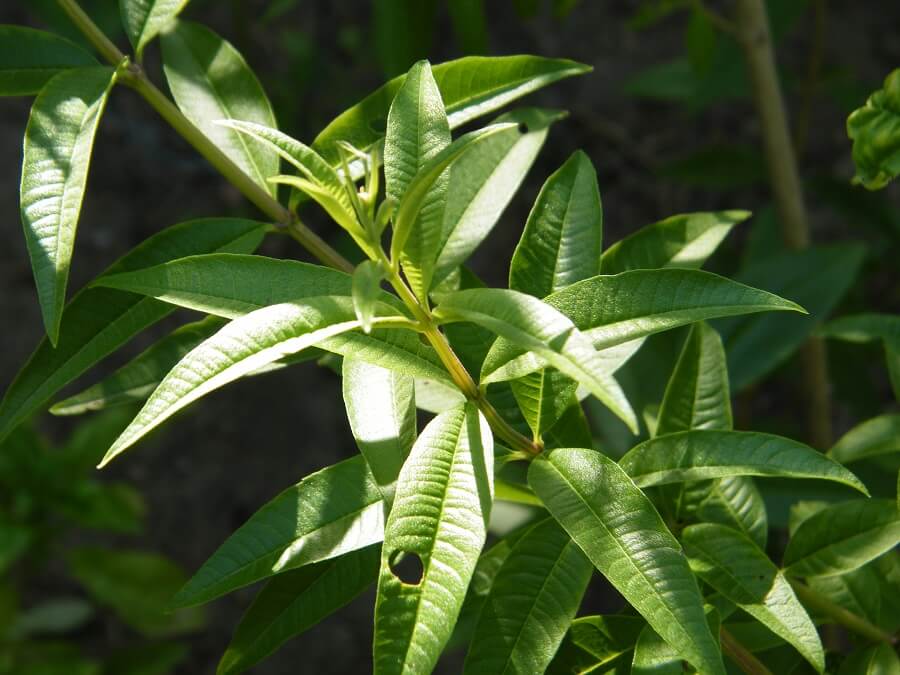Olive trees are known for their durability and ability to withstand harsh conditions. The roots of olive trees are sturdy and vigorous, allowing the tree to regenerate even in the face of fires, frost, and diseases. Olive trees can live for thousands of years and continue to produce an abundance of fruit. However, there is some concern about the potential damage that olive tree roots may cause to surrounding structures and underground utilities. It is important to understand the facts and make informed decisions when planting olive trees in your yard.
Key Takeaways
- Olive trees have strong and resilient roots that can withstand harsh conditions.
- Proper planting techniques and care can help minimize the potential for damage caused by olive tree roots.
- Olive trees offer benefits such as longevity, fruit production, and air purification.
- Consulting professionals can provide guidance on proper planting and root management strategies.
- Understanding the facts and implementing mitigation strategies can allow you to enjoy the beauty and benefits of olive trees while minimizing potential damage.
The Benefits of Olive Cultivation
Olive trees offer a range of benefits when cultivated in your yard. From fruit production to the creation of homemade olive oil, these trees are a valuable addition to any landscape. Here are some key advantages of olive cultivation:
“The olive tree is surely the richest gift of heaven.” – Thomas Jefferson
Durable and Versatile
Olive trees are known for their durability and ability to thrive in different weather conditions. They can withstand drought, frost, and heat, making them suitable for a variety of climates. Their evergreen nature also adds color and life to your yard throughout the year.
Abundance of Fruit
One of the main benefits of olive cultivation is the abundance of fruit these trees produce. Olive trees can yield a significant harvest each year, providing you with a fresh supply of olives. These olives can be used in various ways, such as pickling, brining, or turning into delicious homemade olive oil.
Sustainability and Longevity
Olive trees have a long lifespan and can live for hundreds or even thousands of years. This longevity allows you to enjoy the beauty and benefits of olive cultivation for generations to come. Additionally, their ability to regenerate and thrive even in harsh conditions makes them a sustainable choice for your yard.
Environmental Benefits
By planting olive trees, you contribute to air purification. Olive trees absorb carbon dioxide emissions and release oxygen, helping to improve the air quality in your surroundings. Moreover, olive trees are drought-tolerant and require less water compared to other plants, making them an eco-friendly choice, especially in regions with limited water resources.
| Benefits of Olive Cultivation |
|---|
| Durable and Versatile |
| Abundance of Fruit |
| Sustainability and Longevity |
| Environmental Benefits |
Now that you understand the benefits of olive cultivation, you can make an informed decision about planting olive trees in your yard. Their durability, fruit production, sustainability, and environmental contributions make them an excellent choice for any landscape.
How to Plant and Care for Olive Trees
Planting and caring for olive trees requires attention to detail and a thorough understanding of their root structure. By following proper planting techniques and implementing regular care, you can ensure the health and longevity of your olive trees.
Choosing the Right Location
Before planting an olive tree, carefully consider the location. Olive trees thrive in areas with ample sunlight and well-drained soil. It is important to select a spot that provides at least six hours of direct sunlight daily. Additionally, the soil should be loose and well-draining to prevent waterlogging and potential root rot. If your soil is heavy clay or compacted, consider amending it with organic matter to improve drainage.
Watering and Pruning
Proper watering is crucial during the early stages of olive tree growth. Newly planted olive trees require regular watering to establish strong root systems. It is recommended to water deeply once or twice a week, ensuring that the soil is moist but not saturated. Once the trees are established, they are drought-tolerant and require less water. However, supplemental watering during hot summers is still necessary.
Pruning olive trees is essential for maintaining their shape, promoting better fruit production, and improving overall tree health. Pruning should be done during the winter or early spring when the tree is dormant. Remove any dead or damaged branches, as well as those that grow inward or rub against each other. It is also advisable to thin out the canopy to allow better air circulation and sunlight penetration.
Harvesting Olives
While olive trees may start producing fruit within the first few years, it is advisable to wait until the tree is at least five years old before harvesting olives. This allows the tree to establish a stronger root system and ensures better fruit production in the long run. The optimal time to harvest olives is when they turn from green to purple or black, depending on the variety. Gently handpick the olives or use a small rake to collect them.
| Planting and Care Tips | Summary |
|---|---|
| Choose a location with ample sunlight and well-drained soil. | Proper location is essential for olive tree growth. |
| Water newly planted trees regularly and provide supplemental watering during hot summers. | Establishing a strong root system through proper watering. |
| Prune olive trees during the winter or early spring to improve their overall health and fruit production. | Regular pruning enhances tree shape and productivity. |
| Wait until the tree is at least five years old before harvesting olives. | Allowing the tree to establish a stronger root system before fruiting. |
Potential Concerns and Mitigation Strategies
While olive trees offer numerous benefits, it is important to be aware of potential concerns related to their root system. The extensive root system of olive trees can sometimes cause damage to nearby structures and underground utilities. To mitigate these risks, it is recommended to plant olive trees at a safe distance from buildings and utilities.
Before planting olive trees, it is also advisable to consult with professionals, such as arborists or landscape designers, who can provide guidance on proper planting techniques and root management strategies. These experts can assess the soil conditions and determine the best location for planting olive trees to minimize the potential for root damage.
Additionally, implementing a root barrier system can help prevent olive tree roots from infiltrating areas where they may cause harm. Root barriers are physical or chemical barriers installed underground to redirect the growth of roots away from vulnerable structures and utilities.
Regular monitoring and maintenance of olive tree roots is crucial to prevent damage. Inspecting the surrounding area for signs of root intrusion and promptly addressing any issues can help avoid costly repairs in the future. By taking these necessary precautions and being proactive in root management, you can enjoy the beauty and benefits of olive trees while minimizing the potential for damage.
Conclusion
Olive trees are remarkably resilient and have the potential to bring numerous benefits to your yard. While there may be concerns about potential damage caused by their roots, it is important to remember that with proper planting techniques, care, and root management strategies, these risks can be mitigated.
By understanding the facts and taking the necessary precautions, you can enjoy the beauty and advantages of olive trees while minimizing the potential for damage. The longevity of olive trees ensures that they will be a cherished addition to your yard for many years to come.
The abundance of fruit produced by olive trees not only allows for a rewarding harvest but can also be used to create homemade olive oil, adding a touch of flavor and authenticity to your culinary creations. Additionally, the evergreen nature of olive trees provides year-round color and life to your landscape.
Furthermore, olive trees contribute to air purification by absorbing carbon dioxide emissions and releasing oxygen. They are also drought-tolerant, making them an environmentally friendly choice for regions with limited water resources.
FAQ
Do olive tree roots cause damage?
Olive tree roots have the potential to cause damage to nearby structures and underground utilities if not properly managed.
What are the benefits of olive cultivation?
Olive cultivation offers benefits such as longevity, fruit production, the ability to make homemade olive oil, drought tolerance, evergreen foliage, and air purification.
How should I plant and care for olive trees?
When planting olive trees, choose a suitable location with ample sunlight and well-drained soil. Regular watering during the first growing phase and supplemental watering in hot summers is important. Pruning promotes better fruit production and overall tree health.
Are there any concerns related to olive tree roots?
Olive tree roots can potentially cause damage to nearby structures and underground utilities. It is important to plant olive trees at a safe distance and consult professionals for guidance on proper planting and root management strategies.
What are some mitigation strategies for potential damage?
Mitigation strategies include planting olive trees at a safe distance from buildings and utilities, consulting professionals for guidance, and implementing proper root management techniques.
Can Trees Similar to Olive Trees Also Cause Root Damage?
Yes, exploring similar olive trees is crucial because they too have the potential to cause root damage. While olive trees are known for their deep and robust root systems, other trees with similar root structures, such as citrus trees and fig trees, can also pose a risk to underground pipes and foundations.











